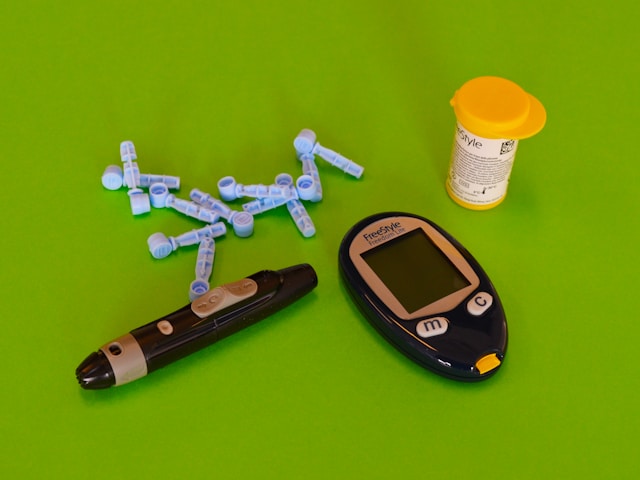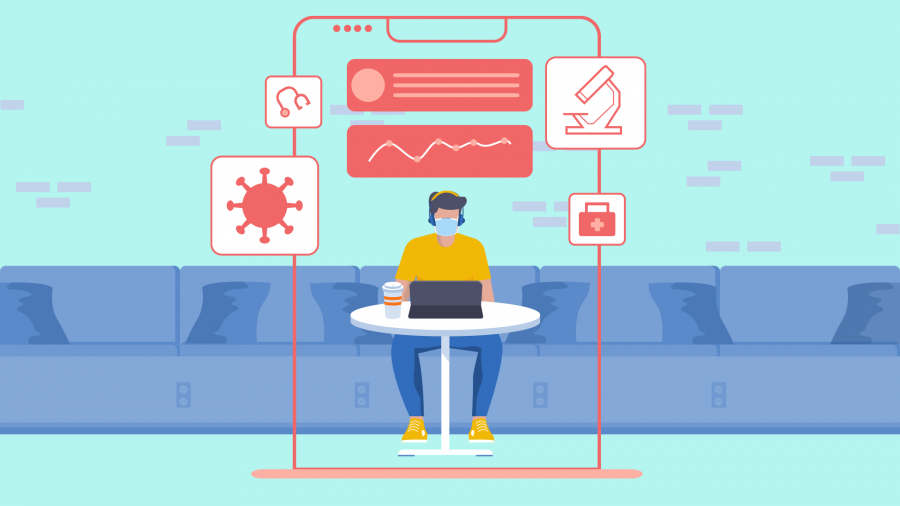How to Monitor Your Blood Sugar During Diabetes
Monitoring blood sugar levels is a critical aspect of managing diabetes. Using the right tools and techniques can help you maintain control and prevent complications. This guide covers everything you need to know about monitoring your blood sugar, from glucose meters to continuous glucose monitoring systems.
Importance of Blood Sugar Monitoring
Regularly monitoring your blood sugar helps you:
- Understand how food, exercise, and medication affect your glucose levels.
- Prevent hypoglycemia (low blood sugar) and hyperglycemia (high blood sugar).
- Adjust your diabetes management plan effectively.

What is a Glucose Meter?
A glucose meter is a device that measures the amount of sugar (glucose) in your blood. It’s an essential tool for people with diabetes.
How to Use a Glucose Monitor
- Wash Your Hands: Clean hands prevent contamination and ensure accurate readings.
- Insert Test Strip: Place a new test strip into the meter.
- Prick Your Finger: Use the lancet to get a small drop of blood.
- Apply Blood to Test Strip: Touch the test strip to the drop of blood.
- Read the Result: The meter will display your blood glucose level.
Popular Glucose Meters:
- OneTouch Verio Test Strips: Known for accuracy and ease of use.
- FreeStyle Lite Test Strips: Offers small sample sizes and fast results.
For a healthy and complete diabetic meal replacement, consider the Nutrica Diasip supplement, available to purchase now on Medisouq!
Continuous Glucose Monitoring (CGM)
What is Continuous Glucose Monitoring?
Continuous glucose monitoring involves wearing a sensor that measures glucose levels throughout the day and night. It provides real-time data and trends.
How CGM Works:
- Insert Sensor: A small sensor is placed under the skin, usually on the abdomen or arm.
- Transmitter: The sensor wirelessly sends glucose readings to a monitor or smartphone app.
- Monitor Glucose Levels: Track your glucose levels continuously and receive alerts for high or low readings.
Top CGM Systems:
- Dexcom G7: Offers high accuracy and real-time glucose alerts.
- Omnipod® 5: Combines CGM with an insulin pump for automated insulin delivery.
Explore our comparison of the best Blood Sugar Monitors to help you keep track of your glucose levels.
How to Monitor Blood Sugar After Eating
Postprandial (after eating) glucose monitoring helps you understand how meals affect your blood sugar levels.
Steps:
- Test Two Hours After Eating: This is when blood sugar typically peaks.
- Record Results: Keep a log of your readings to identify patterns.
- Adjust Meals: Based on your readings, you can adjust your meal choices and portion sizes.
How to Control Blood Sugar Immediately
Sometimes, you need quickly lower or raise your blood sugar levels. Here’s how:
Lowering blood sugar:
- Exercise: A brisk walk or light activity can lower blood sugar.
- Hydrate: Drink water to help flush excess sugar from your bloodstream.
- Insulin: If prescribed, take fast-acting insulin as directed by your healthcare provider.
Raising Blood Sugar:
- Consume Carbohydrates: Eat glucose tablets, fruit juice, or regular soda.
- Re-test: Check your blood sugar 15 minutes after eating to ensure it’s rising.
Tips for Effective Blood Sugar Monitoring
- Stay Consistent: Test at the same times each day to identify patterns.
- Keep a Log: Record your readings, meals, and activities.
- Stay Educated: Understand how different factors affect your blood sugar.
Comparing the types Blood Sugar Monitors
| Feature | Glucose Meter | Continuous Glucose Monitoring |
| Measurement Frequency | Multiple times per day | Continuous |
| Real-Time Data | No | Yes |
| Ease of Use | Simple, requires manual testing | Automated, requires sensor insertion |
| Data Tracking | Manual logging | Automatic data recording and alerts |
| Cost | Generally lower | Higher initial cost, ongoing sensor cost |
| Accuracy | High | High |
User Reviews and Experiences
Here’s what users generally have to say about Glucose Meters and Continuous Glucose Monitors:
Glucose Meters:
- Pros: Easy to use, portable, quick results.
- Cons: Requires manual testing multiple times a day.
Continuous Glucose Monitoring:
- Pros: Provides real-time data, reduces the need for finger pricks, helps in proactive management.
- Cons: Higher cost, requires sensor changes.
Conclusion
Choosing the right blood sugar monitor depends on your lifestyle, type of diabetes, and personal preferences. Glucose meters offer simplicity and affordability, while continuous glucose monitors provide comprehensive, real-time data. Both options play a vital role in diabetes management.
But this management is futile without appropriate workout routines to support it, for more comprehensive guidance on managing diabetes, visit our pages on Exercises for Diabetes.
Also, learn about the different Diabetes Medications available for effective blood sugar control.
Explore the best Blood Sugar Monitors to help you keep track of your glucose levels.
816 views

